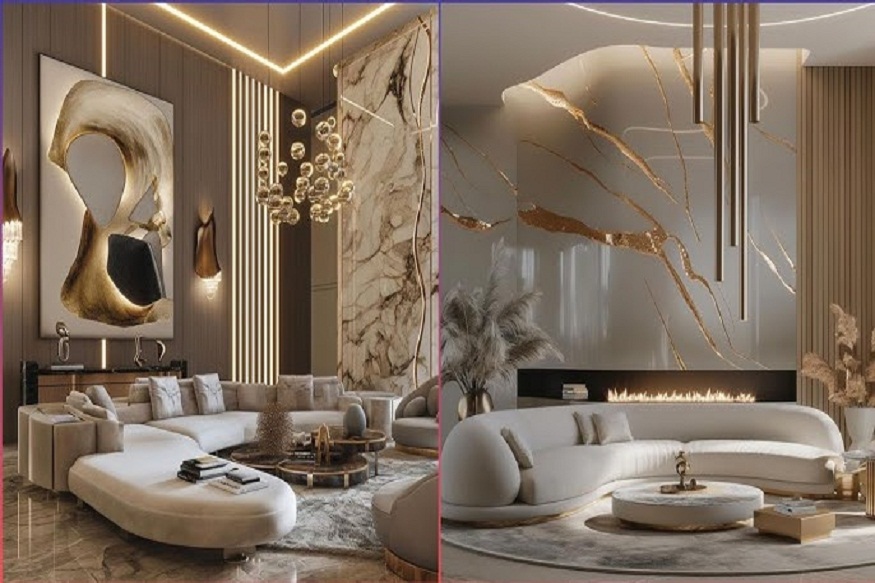Decorating with mirrors can instantly elevate any space, adding depth, brightness, and elegance. However, mirrors can be tricky to get just right. When used incorrectly, they can disrupt the flow of a room or make your decor feel incomplete. To help you avoid the pitfalls, we’re highlighting four common mistakes people make when incorporating mirrors into their homes.
Whether you’re refining your room designs, working with a living room designer, or upgrading your master bedroom design, these insights will ensure you make the most of this stylish accessory.
1. Hanging Mirrors at the Wrong Height
Perhaps the most frequent mistake is placing mirrors either too high or too low on the wall. A mirror that’s hung improperly can throw off the balance of the entire room and fail to serve its purpose. For example, mirrors positioned too high won’t reflect anything meaningful or visually enhance the space, while a mirror placed too low might feel out of proportion with the other decor.
To solve this, treat mirrors like you would artwork. A good rule of thumb is to hang them so the center is at eye level, around 57–60 inches from the floor. If you’re working with a living room designer, they may suggest positioning the mirror to reflect a focal point, like a statement chandelier or a beautiful piece of furniture, to create an intentional, curated feel.
2. Not Considering Light Reflection
Mirrors have the unique ability to reflect light and make a room feel brighter and more open, but this effect only works when placed strategically. A common oversight is hanging a mirror where it doesn’t catch any natural or artificial light. Without reflecting light sources, the mirror’s potential to transform the space goes to waste.
For better results, position mirrors across from windows to amplify natural light or adjacent to lamps and sconces to enhance your room designs. For example, in a master bedroom design, placing a mirror opposite a window can bathe the room in sunlight during the day, creating a warm and inviting atmosphere. Similarly, in living rooms, try reflecting a table lamp or wall sconce for a comfortable, ambient glow.
3. Choosing the Wrong Mirror Size
A mirror that is either too small or too large for your space can throw off your decor’s balance. Placing an undersized mirror on a large wall leaves the room looking awkward and disproportionate, while an oversized mirror in a compact space can feel overwhelming and cluttered.
To strike the perfect balance, scale your mirror to the surrounding furniture or wall area. For instance, a large mirror can make a statement above a mantle or sofa, creating a focal point in your living room. A professional living room designer might suggest pairing oversized mirrors with minimalist decor to avoid overcrowding. On the other hand, smaller mirrors can work great in cozy corners or layered on gallery walls for added dimension.
4. Neglecting Functionality in the Bedroom
Mirrors are as functional as they are decorative, especially in bedrooms where getting dressed and grooming are daily rituals. However, one common mistake in master bedroom design is choosing mirrors purely for their aesthetic appeal without considering their practicality. A decorative mirror might look stunning on the wall, but if it’s too small or placed awkwardly, it won’t serve your everyday needs.
Place full-length mirrors where they’re easy to access, such as behind doors or leaning against a wall close to your wardrobe. In addition, avoid placing mirrors where they reflect clutter, like an unmade bed, as this can disrupt the serene and relaxing feel that a bedroom should have.
Conclusion
Mirrors are a versatile tool in interior design, but their placement, size, and purpose require careful consideration. When decorating with mirrors, remember to position them thoughtfully for light reflection, make them proportional to the room, and ensure they serve both decorative and functional purposes.
Avoid these common mistakes, and you’ll create spaces that feel brighter, more spacious, and effortlessly stylish. With the right approach, mirrors can become one of the most striking and functional elements in your home’s decor.




